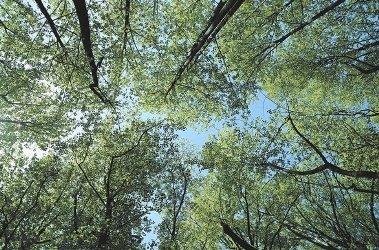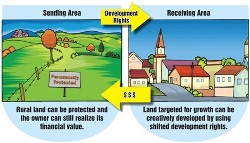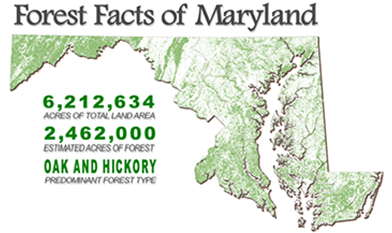 Once important forested areas have been identified, local jurisdictions need to identify approaches for encouraging or requiring limited development in the areas. The following web resources provide information on a variety of options, including tax incentives, zoning, transferable development rights, and purchase of development rights. Many of the web resources include case studies to highlight local experience with these approaches.
Once important forested areas have been identified, local jurisdictions need to identify approaches for encouraging or requiring limited development in the areas. The following web resources provide information on a variety of options, including tax incentives, zoning, transferable development rights, and purchase of development rights. Many of the web resources include case studies to highlight local experience with these approaches.
Making Your Community Forest-Friendly: A Worksheet for Review of Municipal Codes and Ordinances (Center for Watershed Protection; funded by USDA Forest Service)
This publication provides local governments with different approaches for modifying local plans, and subdivision and zoning ordinances to limit development rights in prioritized forest protection areas. The document includes an inventory of questions to facilitate local analysis of existing plans and ordinances, including those that can help limit the loss of forest and urban trees during the development process.
Transferable Development Rights (Planning)
 Transfer of Development Rights (TDR) programs are a great vehicle for preserving rural land and encouraging development in existing communities while leveraging private funds. Local governments can designate priority forest protection areas as “TDR sending areas” to encourage the purchase of development rights within those areas by developers. The website from the Maryland Department of Planning explains TDR programs, includes a report to help local governments create effective TDR programs, and discusses services available from Planning for local governments interested in establishing a TDR program.
Transfer of Development Rights (TDR) programs are a great vehicle for preserving rural land and encouraging development in existing communities while leveraging private funds. Local governments can designate priority forest protection areas as “TDR sending areas” to encourage the purchase of development rights within those areas by developers. The website from the Maryland Department of Planning explains TDR programs, includes a report to help local governments create effective TDR programs, and discusses services available from Planning for local governments interested in establishing a TDR program.
Conservation Land-Use Policy Toolkit (Chesapeake Bay Trust)
 This publication was created to support implementation of the Chesapeake Bay Agreement’s Land Use Options Evaluation outcome. The document provides local governments with information (including case studies of local governments within the Bay watershed) about several land use policy tools that can protect forest and other important resource lands including: comprehensive planning; zoning; subdivision ordinances; impact fees; urban service boundaries; purchase of development rights/conservation easements; and transfer of development rights.
This publication was created to support implementation of the Chesapeake Bay Agreement’s Land Use Options Evaluation outcome. The document provides local governments with information (including case studies of local governments within the Bay watershed) about several land use policy tools that can protect forest and other important resource lands including: comprehensive planning; zoning; subdivision ordinances; impact fees; urban service boundaries; purchase of development rights/conservation easements; and transfer of development rights.
DNR Forest Conservation and Management Agreement (DNR)
The DNR Forest Conservation and Management Agreement (FCMA) Program provides a significant tax incentive to landowners to enroll forested land into an FCMA. Enrollment of forested land requires the development of a forest stewardship plan for the property. The plan includes a schedule of stewardship practices to be completed on the property, related to supporting fish and wildlife, natural heritage and recreation, soil and water, and forest products.
Conservation Tools webpage (Pennsylvania Land Trust Association)
 This webpage provides background on a variety of approaches, models, and local government examples, for limiting and/or purchasing development rights on forested and other resource lands, such as land use regulations, acquiring land and easements, and financing conservation. Although this webpage is focused on Pennsylvania, many of these approaches, models and examples are applicable within Maryland.
This webpage provides background on a variety of approaches, models, and local government examples, for limiting and/or purchasing development rights on forested and other resource lands, such as land use regulations, acquiring land and easements, and financing conservation. Although this webpage is focused on Pennsylvania, many of these approaches, models and examples are applicable within Maryland.
Maryland's Growth Tier Map Law (Maryland General Assembly)
The law indicates that areas designated by a local government as planned or zoned for resource protection must be mapped as Tier IV. Tier IV areas are limited to residential minor subdivisions (as defined by the local government).
Finding a Land Trust Near You
The following webpage provides information and a map of local and national land trusts in Maryland and elsewhere in the United States. Land trusts are an important partner for helping to implement local government forest conservation goals.